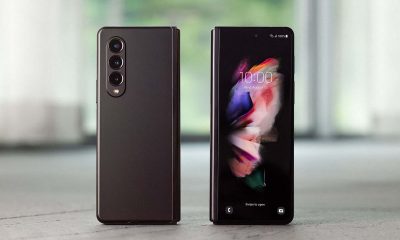News
Samsung Galaxy S23 Series to Use Qualcomm Chipset: Kuo Ming-Chi

According to reports, the Samsung Galaxy S23 may use just Snapdragon processors everywhere. In contrast, just 70% of the Galaxy S22’s processing power came from the Snapdragon chip.
The source also said that because the Galaxy S23 cannot compete with the SM8550, there are fewer odds of it adopting the Exynos 2300.
According to a prior rumor, the Galaxy S23 and Galaxy S23telephoto +’s cameras would have the exact 10-megapixel resolution as the Galaxy S22 and Galaxy S22+.
A recent report also said that the phone would have advanced battery technology.
Recent tweets from TF International Securities analyst Ming-Chi Kuo claimed that Qualcomm would be the only company providing the chipset for the Samsung Galaxy S23.
Remember that just 70% of the Galaxy S22’s processing power came from the Snapdragon chip. The Galaxy S23 will presumably be powered by Qualcomm’s flagship 5G processor, the SM8550, produced using TSMC’s 4nm technology.
Kuo also said that the Exynos 2300 chipset, made by Samsung on 4nm, may not be used in the company’s flagship smartphone.
According to reports, the Snapdragon SM8550 has benefits over the SM8450 and SM8475 in terms of computational power and power efficiency due to its optimization for TSMC’s design guidelines.
According to a prior rumor, the Galaxy S23 and Galaxy S23telephoto +’s cameras would have the exact 10-megapixel resolution as the Galaxy S22 and Galaxy S22+.
It’s likely to be 3x, just as it was this year, and it very well may be the same arrangement with the same sensor.
According to the article, there haven’t been any particular rumors about this before.
According to a current source, the Samsung flagship phone also includes advanced battery technology. According to a tip, Samsung intends to use stacking technology for creating EV batteries for its rumored Galaxy S23 series. Samsung SDI uses this process to make their Gen 5 EV batteries.
The South Korean technology behemoth is now anticipated to switch its smartphone batteries from the present “jelly-roll” approach to the stacking method.
In addition, the tipster said that the use of this technique would result in a considerable improvement in the Galaxy S23 series’ battery capacity over that of the Galaxy S22 range.














You must be logged in to post a comment Login